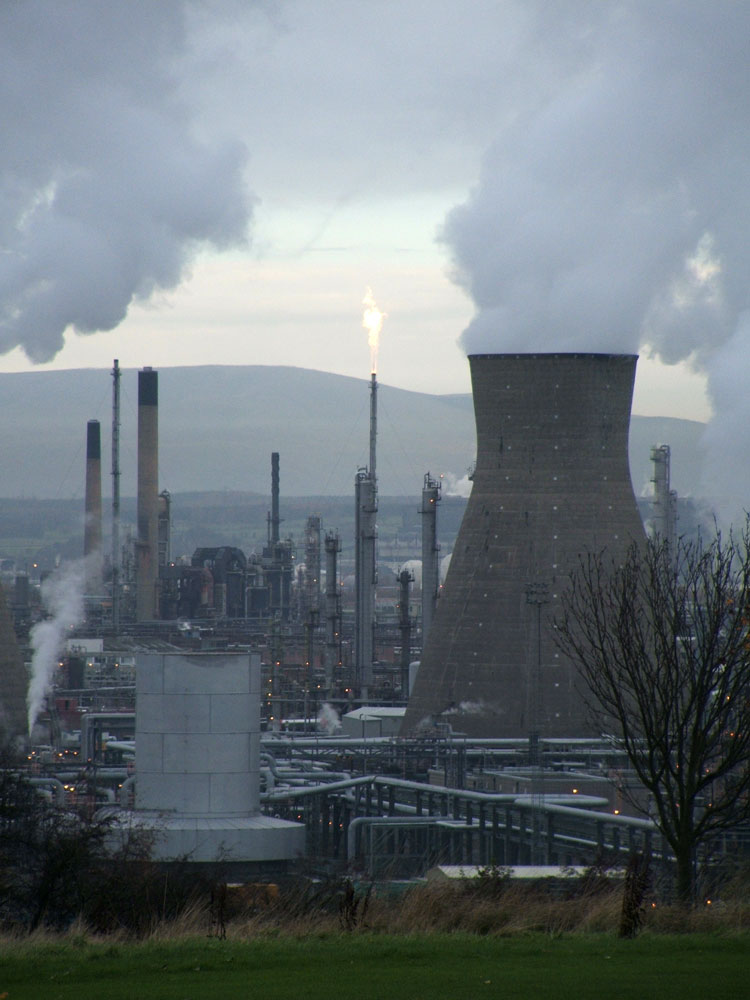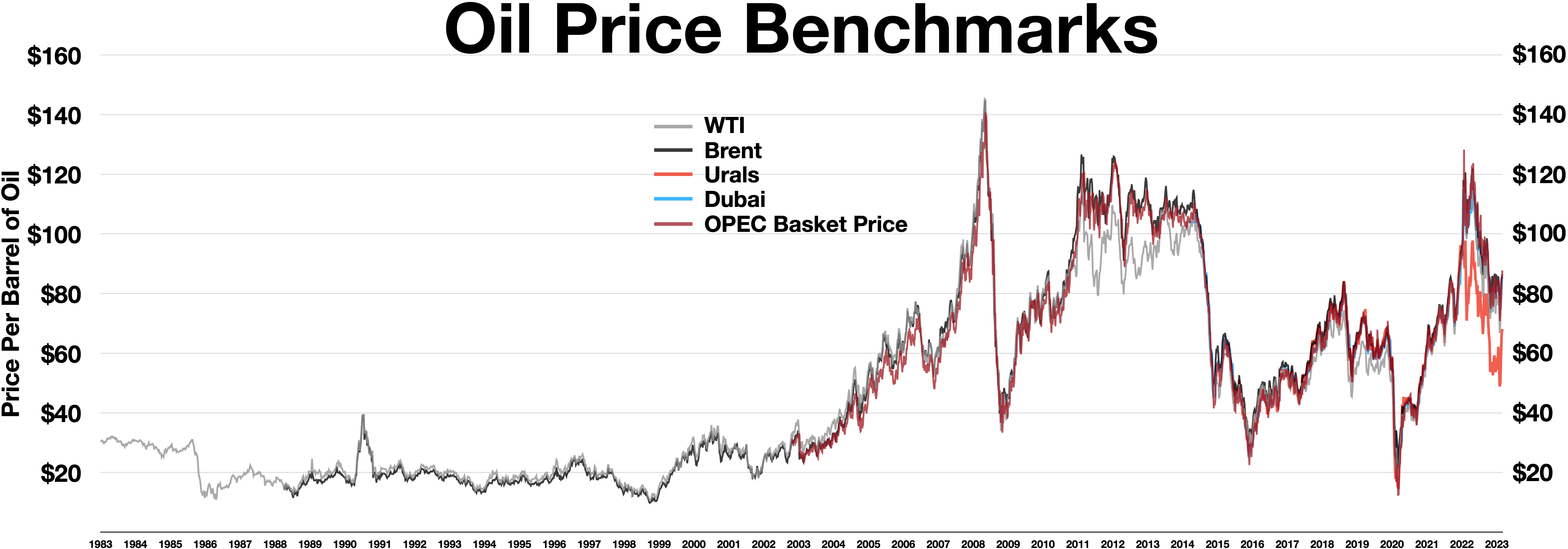|
Oil And Gas Industry In India
The petroleum industry in India dates back to 1889 when the first oil deposits in the country were discovered near the town of Digboi in the state of Assam. The natural gas industry in India began in the 1960s with the discovery of gas fields in Assam and Maharashtra ( Mumbai High Field). As on 31 March 2018, India had estimated crude oil reserves of 594.49 million metric tonnes (Mt) and natural gas reserves of 1339.57 billion cubic metres of natural gas (BCM). India imports 82% of its oil needs and aims to bring that down to 67% by 2022 by replacing it with local hydrocarbon exploration, renewable energy and indigenous ethanol fuel.India launches first auction of exploration blocks under new licensing policy , [...More Info...] [...Related Items...] OR: [Wikipedia] [Google] [Baidu] [Amazon] |
Oil And Gas Industry
The petroleum industry, also known as the oil industry, includes the global processes of exploration, extraction, refining, transportation (often by oil tankers and pipelines), and marketing of petroleum products. The largest volume products of the industry are fuel oil and gasoline (petrol). Petroleum is also the raw material for many chemical products, including pharmaceuticals, solvents, fertilizers, pesticides, synthetic fragrances, and plastics. The industry is usually divided into three major components: upstream, midstream, and downstream. Upstream regards exploration and extraction of crude oil, midstream encompasses transportation and storage of crude, and downstream concerns refining crude oil into various end products. Petroleum is vital to many industries, and is necessary for the maintenance of industrial civilization in its current configuration, making it a critical concern for many nations. Oil accounts for a large percentage of the world's energy consum ... [...More Info...] [...Related Items...] OR: [Wikipedia] [Google] [Baidu] [Amazon] |
MMBTU
The British thermal unit (Btu) is a measure of heat, which is a form of energy. It was originally defined as the amount of heat required to raise the temperature of one pound of water by one degree Fahrenheit. It is also part of the United States customary units. The SI unit for energy is the joule (J); one Btu equals about 1,055 J (varying within the range of 1,054–1,060 J depending on the specific definition of Btu; see below). While units of heat are often supplanted by energy units in scientific work, they are still used in some fields. For example, in the United States the price of natural gas is quoted in dollars per the amount of natural gas that would give 1 million Btu (1 "MMBtu") of heat energy if burned. Definitions A Btu was originally defined as the amount of heat required to raise the temperature of one pound of liquid water by one degree Fahrenheit at a constant pressure of one atmospheric unit. There are several different definitions of the Btu tha ... [...More Info...] [...Related Items...] OR: [Wikipedia] [Google] [Baidu] [Amazon] |
Petroleum Products
Petroleum products are materials derived from crude oil (petroleum) as it is processed in oil refineries. Unlike petrochemicals, which are a collection of well-defined usually pure organic compounds, petroleum products are complex mixtures. Most petroleum is converted into petroleum products, which include several classes of fuels. According to the composition of the crude oil and depending on the demands of the market, refineries can produce different shares of petroleum products. The largest share of oil products is used as "energy carriers", i.e. various grades of fuel oil and gasoline. These fuels include or can be blended to give gasoline, jet fuel, diesel fuel, heating oil, and heavier fuel oils. Heavier (less volatile) fractions can also be used to produce asphalt, tar, paraffin wax, lubricating and other heavy oils. Refineries also produce other chemicals, some of which are used in chemical processes to produce plastics and other useful materials. Since petroleum o ... [...More Info...] [...Related Items...] OR: [Wikipedia] [Google] [Baidu] [Amazon] |
Compound Annual Growth Rate
Compound annual growth rate (CAGR) is a business, economics and investing term representing the mean annualized growth rate for compounding values over a given time period. CAGR smoothes the effect of volatility of periodic values that can render arithmetic means less meaningful. It is particularly useful to compare growth rates of various data values, such as revenue growth of companies, or of economic values, over time. Equation For annual values, CAGR is defined as: :\mathrm(t_0,t_n) = \left( \frac \right)^\frac - 1 where V(t_0) is the initial value, V(t_n) is the end value, and t_n - t_0 is the number of years. CAGR can also be used to calculate mean annualized growth rates on quarterly or monthly values. The numerator of the exponent would be the value of 4 in the case of quarterly, and 12 in the case of monthly, with the denominator being the number of corresponding periods involved. In practice, CAGR calculations are often performed in Microsoft Excel. A convenient ... [...More Info...] [...Related Items...] OR: [Wikipedia] [Google] [Baidu] [Amazon] |
International Energy Agency
The International Energy Agency (IEA) is a Paris-based autonomous intergovernmental organization, established in 1974, that provides policy recommendations, analysis and data on the global energy sector. The 31 member countries and 13 association countries of the IEA represent 75% of global energy demand. The IEA was set up under the framework of the Organisation for Economic Co-operation and Development (OECD) in the aftermath of the 1973 oil crisis to respond to physical disruptions in global oil supplies, provide data and statistics about the global Petroleum industry, oil market and Energy industry, energy sector, promote energy savings and conservation, and establish international technical collaboration. Since its founding, the IEA has also coordinated use of the oil reserves that its members are required to hold. By regularly underestimating the role of renewable energies and overestimating the growth of nuclear energy, the IEA promotes the nuclear industry. In subsequen ... [...More Info...] [...Related Items...] OR: [Wikipedia] [Google] [Baidu] [Amazon] |
Oil Price
The price of oil, or the oil price, generally refers to the spot price of a Oil barrel, barrel () of benchmark crude oil—a reference price for buyers and sellers of crude oil such as West Texas Intermediate (WTI), Brent Crude, Dubai Crude, OPEC Reference Basket, Tapis crude, Bonny Light, Urals oil, Isthmus-34 Light, Isthmus, and Western Canadian Select (WCS). Oil prices are determined by global supply and demand, rather than any country's domestic production level. Through the years The global price of crude oil was relatively consistent in the nineteenth century and early twentieth century. This changed in the 1970s, with a significant increase in the price of oil globally. There have been a number of structural drivers of global oil prices historically, including oil supply, demand, and storage shocks, and shocks to global economic growth affecting oil prices. Notable events driving significant price fluctuations include the 1973 Organization of Arab Petroleum Expor ... [...More Info...] [...Related Items...] OR: [Wikipedia] [Google] [Baidu] [Amazon] |
Karnatka
Karnataka ( ) is a state in the southwestern region of India. It was formed as Mysore State on 1 November 1956, with the passage of the States Reorganisation Act, and renamed ''Karnataka'' in 1973. The state is bordered by the Lakshadweep Sea to the west, Goa to the northwest, Maharashtra to the north, Telangana to the northeast, Andhra Pradesh to the east, Tamil Nadu to the southeast, and Kerala to the southwest. With 61,130,704 inhabitants at the 2011 census, Karnataka is the eighth-largest state by population, comprising 31 districts. With 15,257,000 residents, the state capital Bengaluru is the largest city of Karnataka. The economy of Karnataka is among the most productive in the country with a gross state domestic product (GSDP) of and a per capita GSDP of for the financial year 2023–24. The state experience a GSDP growth of 10.2% for the same fiscal year. After Bengaluru Urban, Dakshina Kannada, Hubli–Dharwad, and Belagavi districts contribute the highest reven ... [...More Info...] [...Related Items...] OR: [Wikipedia] [Google] [Baidu] [Amazon] |
Udupi District
Udupi district (also Udipi () in Kannada or Odipu () in Tulu language) is an administrative subdivision in the Karnataka state of India, with the district headquarters in the city of Udupi. It is situated in the Canara old north Malabar coastal region. There are seven taluks, 233 villages and 21 towns in Udupi district. The three northern tehsils of Udupi, Kundapur and Karkala, were partitioned from Dakshina Kannada district (South Canara) to form Udupi district on 25 August 1997. Moodabidri was officially declared as new tehsil (taluk) in 2018. In February 2018, the district was split to into 3 more taluks, with Byndoor being carved out of Kundapur taluk and the Udupi taluk being split into three parts. Along with the initial Udupi taluk, Kapu, Brahmavar and Hebri were created. Dinakar Babu and Sheela K Shetty of the Bharatiya Janata Party (BJP) are the current president ( Sarpanch) and vice-president of the Udupi Zilla Panchayat, respectively, after the elect ... [...More Info...] [...Related Items...] OR: [Wikipedia] [Google] [Baidu] [Amazon] |
Padoor, Karnataka
Padur (Padoor)is a village in the Udupi district of Karnataka Karnataka ( ) is a States and union territories of India, state in the southwestern region of India. It was Unification of Karnataka, formed as Mysore State on 1 November 1956, with the passage of the States Reorganisation Act, 1956, States Re .... It is best known for being one of the locations of the Indian strategic petroleum reserves. References {{Settlements in Udupi district Villages in Udupi district ... [...More Info...] [...Related Items...] OR: [Wikipedia] [Google] [Baidu] [Amazon] |
Visakhapatnam
Visakhapatnam (; List of renamed places in India, formerly known as Vizagapatam, and also referred to as Vizag, Visakha, and Waltair) is the largest and most populous metropolitan city in the States and union territories of India, Indian state of Andhra Pradesh. It is between the Eastern Ghats and the coast of the Bay of Bengal. It is the second largest city on the Coastal India, east coast of India after Chennai, and the fourth largest in South India. It is one of the four Smart city, smart cities of Andhra Pradesh selected under the Smart Cities Mission and is the headquarters of Visakhapatnam district. Vizag is popularly known as ''shipbuilding capital of India'' due to presence of multiple shipyards such as Hindustan Shipyard, Naval Dockyard (Visakhapatnam), Naval Dockyard and being the central naval command of the east coast. Visakhapatnam's history dates back to the 6th century BCE. The city was ruled by the Satavahana dynasty, Andhra Satavahanas, Vengi, the Pallava dyna ... [...More Info...] [...Related Items...] OR: [Wikipedia] [Google] [Baidu] [Amazon] |
Mangalore
Mangaluru (), formerly called Mangalore ( ), is a major industrial port city in the Indian state of Karnataka and on the west coast of India. It is located between the Laccadive Sea and the Western Ghats about west of Bengaluru, the state capital, north of Karnataka–Kerala border and south of Goa. Mangaluru is the state's only city to have all four modes of transport—air, road, rail and sea. The population of the urban agglomeration was 619,664 national census of India. It is known for being one of the locations of the Indian strategic petroleum reserves. The city developed as a port in the Laccadive Sea during ancient times, and after Independence a new port was constructed in 1968 and has since become a major port of India that handles 75 percent of India's coffee and cashew exports. It is also the country's seventh largest container port. Mangaluru has been ruled by several major powers, including the Mauryan empire, Kadambas, Alupas, Vij ... [...More Info...] [...Related Items...] OR: [Wikipedia] [Google] [Baidu] [Amazon] |
Strategic Reserve
A strategic reserve is the reserve of a commodity or items that is held back from normal use by governments, organisations, or businesses in pursuance of a particular strategy or to cope with unexpected events. There are several national and international projects aiming to preserve the existing natural wealth and diversity in case of mass extinction or a global catastrophe. The Svalbard Global Seed Vault facility, opened in 2008, focuses on collecting duplicate samples of plant seeds from all around the world and currently contains close to 1 million different agricultural seed samples. The final storage capacity is said to be 4.5 million seed samples. Another such institution, Frozen Ark, concentrates on DNA preservation of endangered animal species for generations. Types of strategic reserve A strategic reserve can be: * Financial in nature such as ring-fenced funding or capital reserves of a large corporation. * A commodity, such as intervention stocks of food or petrol ( ... [...More Info...] [...Related Items...] OR: [Wikipedia] [Google] [Baidu] [Amazon] |







